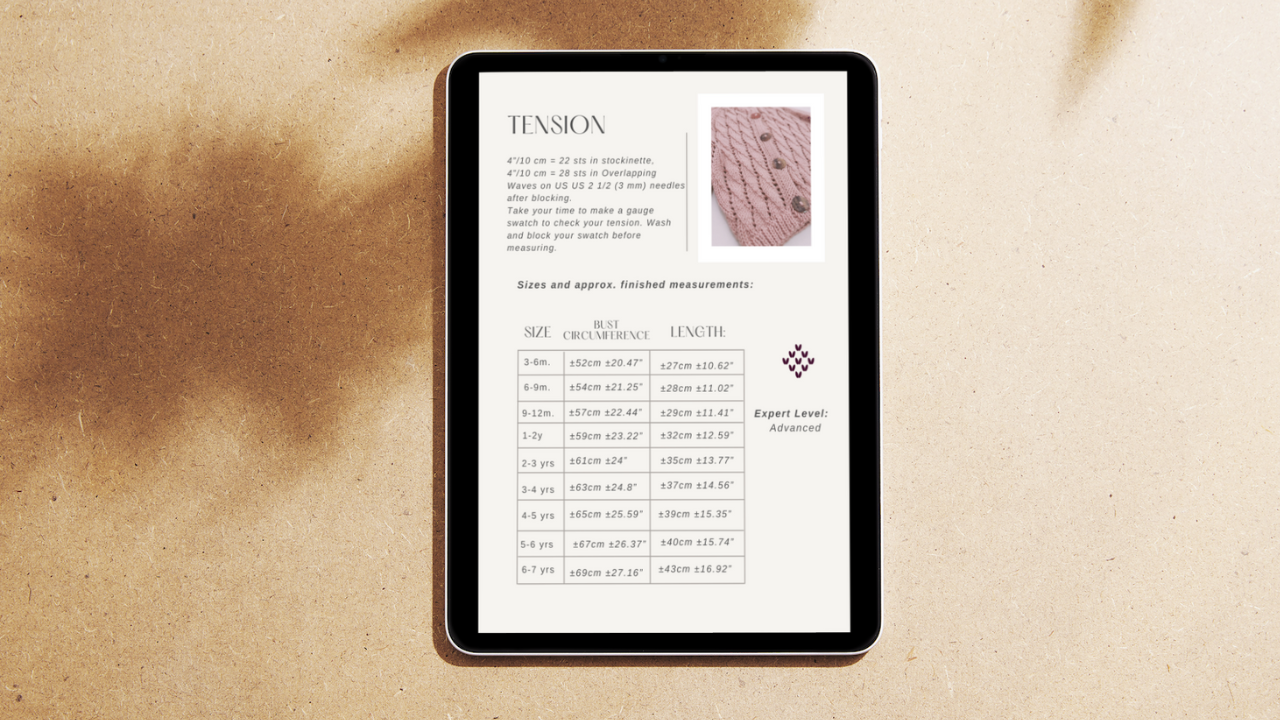- June 19, 2023
- Velvet North
- 0 Comments
- Knitting guides
Introduction:
If you need step by step instructions how to write a knitting pattern you are in the right place. Writing a knitting pattern can be an exciting endeavor, allowing you to share your creativity and expertise with fellow knitting enthusiasts. Whether you’re an experienced knitter or just starting out, this step-by-step guide will help you craft a well-structured and clear knitting pattern that will bring joy to knitters worldwide. So grab your favorite yarn and knitting needles, and let’s dive into the process of creating a remarkable knitting pattern!
Table of Contents
ToggleStep 1: Choose Your Design
Before you begin writing your knitting pattern, decide on the design you want to create. Consider the level of complexity, stitch patterns, and any unique elements you want to incorporate. Sketch out your design or create a swatch to visualize the finished project.
Step 2: Gather Materials
Make a comprehensive list of all the materials required to complete the knitting project. This should include the specific yarn brand, weight, color, and the recommended needle size. Additionally, mention any additional tools or accessories needed, such as stitch markers or cable needles.
Step 3: Determine Gauge
Accurate gauge is crucial for ensuring that other knitters can replicate your design. Create a gauge swatch using the specified yarn and needle size, and measure the number of stitches and rows per inch. Clearly explain how to measure gauge and emphasize its importance in achieving the desired fit and size.
Step 4: Start with an Overview
Begin your knitting pattern with an overview section that provides an introduction to the project. Describe the finished dimensions, recommended skill level, and any special techniques or abbreviations used in the pattern. This section sets the tone and gives knitters a clear understanding of what they can expect.
Step 5: Write the Instructions
Break down the knitting pattern into sections, starting with the cast-on instructions. Clearly explain each step, using concise and unambiguous language. Include both written instructions and charts if applicable, ensuring that they are easy to follow and error-free. Use bullet points or numbering for each step to enhance readability.
Step 6: Include Sizing Options
Consider including multiple sizing options in your knitting pattern to cater to a wider audience. Provide detailed instructions or a sizing chart for each available size, highlighting any differences in stitch counts or shaping.
Step 7: Add Visual Aids
Enhance the clarity of your knitting pattern by including high-quality photos or diagrams. Visual aids can help knitters understand complex stitch patterns, shaping techniques, or assembly instructions. Label the visual aids clearly and reference them within the written instructions.
Step 8: Test and Edit
Before publishing your knitting pattern, thoroughly test it by knitting the project from start to finish. Pay close attention to the accuracy of the instructions and make any necessary edits or clarifications. Consider engaging a group of test knitters to provide feedback and identify any potential issues.
Step 9: Format and Finalize
Organize your knitting pattern in a logical and user-friendly manner. Use headings, subheadings, and bullet points to break up the text and improve readability. Proofread the entire pattern for spelling and grammatical errors. Consider using knitting pattern software or templates to create a professional-looking layout.
Step 10: Share Your Pattern
Once you’re satisfied with the final version of your knitting pattern, it’s time to share it with the knitting community. Upload your pattern to knitting websites, forums, or social media platforms. Consider offering it for free or for purchase on platforms like Ravelry. Don’t forget to promote your pattern through your blog or social media channels to reach a wider audience.
Conclusion:
In conclusion, learning how to write a knitting pattern is a valuable skill that allows you to share your creativity and expertise with others. By following the steps outlined in this comprehensive guide, you can create a well-structured and easy-to-follow knitting pattern that will inspire and instruct fellow knitters.
Remember to begin by choosing your design and gathering all the necessary materials. Determine the gauge accurately to ensure the desired fit and size. Write clear and concise instructions, including any special techniques or abbreviations used in the pattern. Including multiple sizing options and visual aids will further enhance the pattern’s usability and appeal.
Testing and editing your pattern is crucial for eliminating errors and clarifying any confusing sections. Formatting and finalizing the pattern in a user-friendly layout will make it more accessible to readers. Once you’re satisfied with the final version, share your pattern with the knitting community through various online platforms and social media channels.
By mastering the art of writing knitting patterns, you can contribute to the knitting community and help fellow enthusiasts create beautiful projects. So pick up those needles and let your creativity flow as you craft remarkable knitting patterns that will be cherished by knitters around the world.


